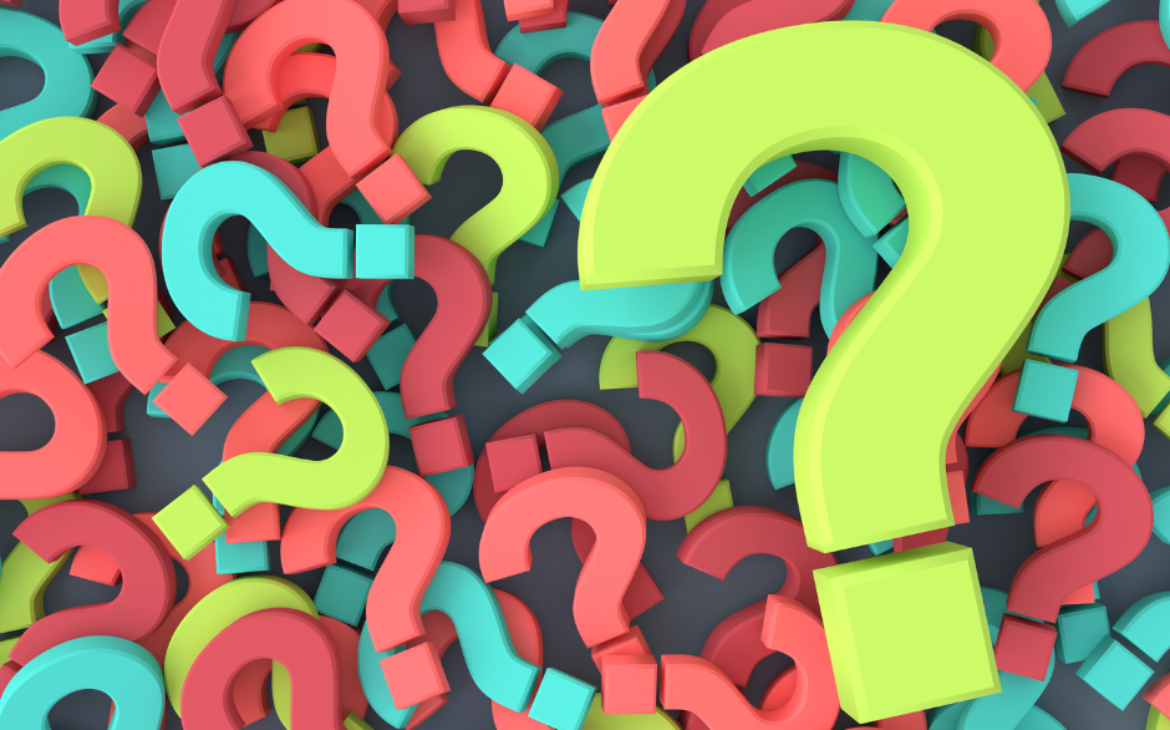The development of digital technology has accelerated the communication process – information, data, and content are shared rapidly across the online world, spilling over into the media and public spaces. The increase in available data and news, or rather, the vast amount of information and content that becomes accessible, complicates the analysis process for individuals. More precisely, the continuous influx of content (data, information, and news) makes it difficult for individuals to categorize it, while simultaneously allowing for an increase in misinformation, fake news, and manipulative and deceptive content. Every minute, the number of generated and shared news stories grows, resulting in information overload and the emergence of an infodemic.
The term “information overload” describes a situation where an individual is exposed to an excessive amount of content and information, which they are unable to process or analyze. Along with information overload, the phenomenon of an infodemic often occurs, and their intertwining leads individuals into a state of confusion, loss of trust in the media, government, and public institutions, and makes decision-making more difficult.
Learn more about information overload and the infodemic in the video below! ⬇
Funded by the European Union – NextGenerationEU. The views and opinions expressed are solely those of the author and do not necessarily reflect the official stance of the European Union or the European Commission, nor the views of the Electronic Media Agency. The European Union, the European Commission, and the Electronic Media Agency cannot be held responsible for them.

